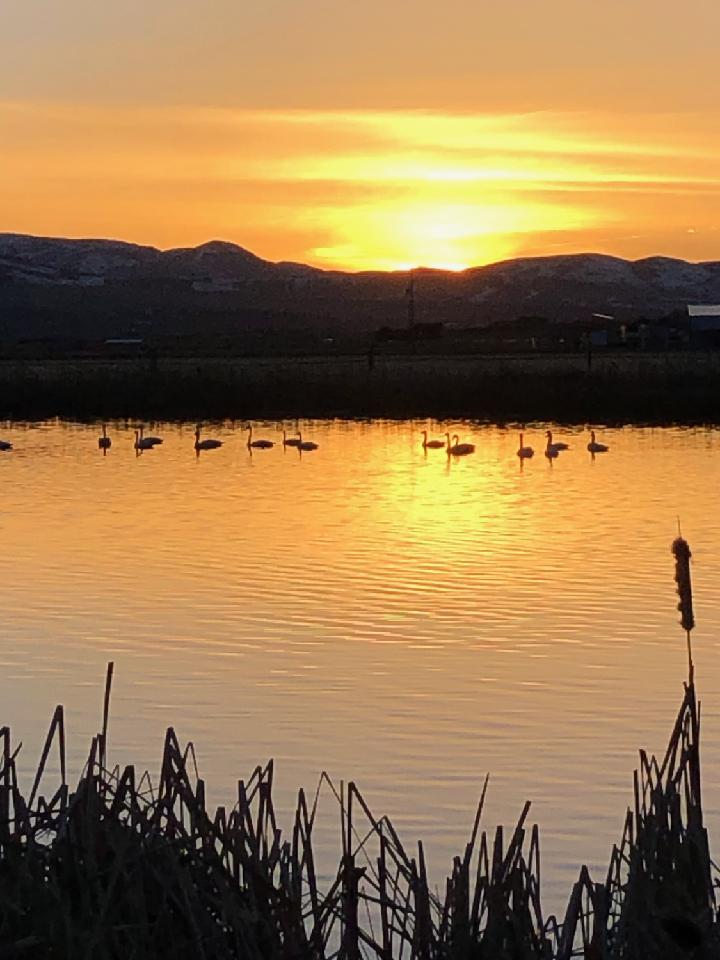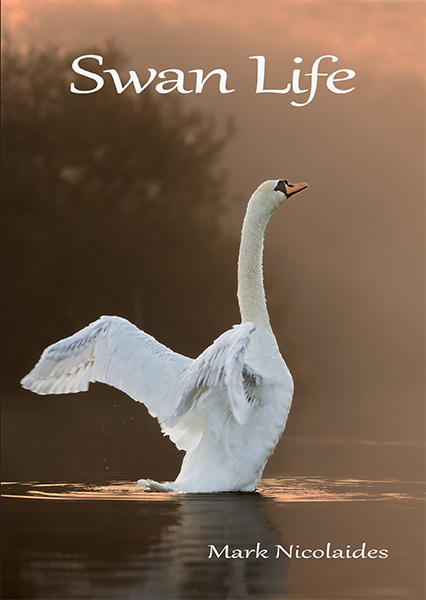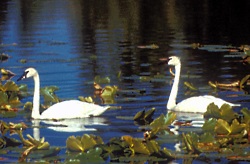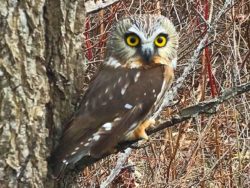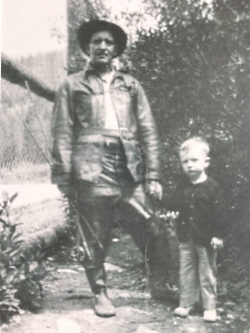
Courtesy & © Katarzyna Bilicka, Photographer
Sable will then do one of three things. Most often, she gives a short enthusiastic dash in the direction that she believes I will throw the ball, then quickly sits to wait with patience, even though she’s already decided her lead. Sometimes, she will run all the way to the end of where she anticipates the arc to be complete to get an even more keen lead. And sometimes, she will try to snatch the ball right from the chucker. Wily is the game of ball.
Either way, as soon as she’s done one of those three things, I direct her to settle and wait. If she’s gone down the field to gain a lead, I will turn on my heels and throw the ball the other way. Ha. She must learn not to over-anticipate. If she is but a short way in front, I’ll throw the direction she anticipated to teach that good guesses are sometimes right. If she gets scrappy and goes for it before I’ve even let it go, I’ll make her sit and wait for it to already be downfield and out of sight, then when she’s settled, I let her go and she sprints like lightening to snatch the treasured new old ball. Once retrieved, she comes back in full tilt with fuller pride, and parades it yet again. I’ll find that first ball she dropped, and the game continues. New new old ball. Same new old game.
The second game played is chase. Sometimes it’s just my other two dogs which play, sometimes it’s all three, and sometimes it’s all four of us. This game is simple, though there is still one rule: chase. We’ll zip and zag all about the garden, ducking under trees, hiding behind bushes, and intermittently stalking the chickens as intermission to catch our breath. We run, tumble, and freeze when we all see a Eurasian collared dove unwittingly selecting millet off the ground while we are here, instead of biding its time in the safety of a perch until we’ve gone indoors. Even though chase requires fewer materials and less patience, it’s still, like ball, best enjoyed outside and in free form. It’s harder to break lamps that way, too.
So as our spring blooms and the ground firms, see what draws you to be outdoors yourself, whether it be games, or dogs, or robins, or sunshine. Rediscover that it’s no longer hard to love being outdoors if it was, just as each crocus and violet surely must renew that same urge each year after it, too, getting through winter. Remember that no matter which draw you choose, even if none at all, every day a new surprise awaits for patient and keen eyes: the raptures of such a season of renewal, emergence, and life. Doesn’t it feel good to be outside and play.
I’m Patrick Kelly, and I’m Wild About Utah.
Credits:
Images: Courtesy & © Patrick Kelly
Audio: Courtesy & © Kevin Colver https://wildstore.wildsanctuary.com/
Text: Patrick Kelly, Director of Education, Stokes Nature Center, https://www.logannature.org
Included Links: Patrick Kelly & Lyle Bingham, Webmaster, WildAboutUtah.org
Additional Reading
Wild About Utah, Posts by Patrick Kelly
Stokes Nature Center in Logan Canyon, https://www.logannature.org/


